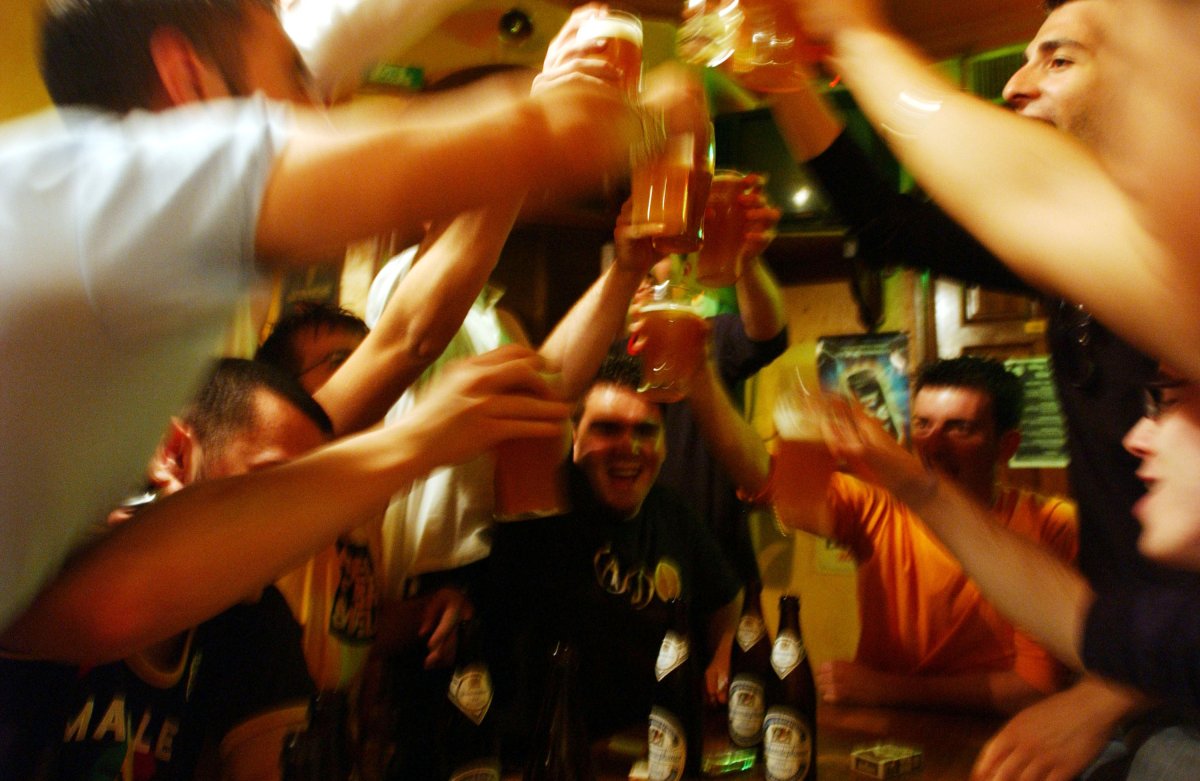Alexis Lahorra once seriously considered taking her own life.

Having bore the brunt of extreme bullying and peer pressure since she moved to Canada from the Philippines in elementary school, Lahorra’s mental health started to decline. The now 22-year-old’s breaking point came when she was in her first year of university.
The Concordia University student, who was highly involved in community events, was a target of cyber attacks. Over time, those attacks turned into death threats.
Scared for her life, Lahorra filed a restraining order against her online attacker who also happened to be a former friend.
READ MORE: Mean girls: half of misogynistic tweets are sent by women, study shows
As a result of the mounting pressures, Lahorra gave in to their ill advice and stayed silent. She eventually retreated into herself and was forced to take time off from school.
What made the situation worse was that her parents had no clue what was going on.
“At first I wanted to make it seem like everything was OK, but deep inside I was crumbling,” she says. “It came to a point where I knew I really needed help and needed to talk to my family about this when I contemplated taking my life.”
Lahorra eventually sought help from a psychologist and now uses her experience to educate others as a youth mental health advocate with organizations like Jack.org.
While her story has a relatively happy ending, many other students who attempt to combat bullying or peer pressure can’t say the same.
In fact, according to the Canadian Institutes of Health Research, at least one in three adolescent students in Canada have reported feeling peer pressured and bullied.
So how’s a parent to cope? Judi Fairholm, director of the Red Cross’ Respect Education Program, spoke to Global News to offer her tips.
The different types of peer pressure
When people hear the words “peer pressure,” they tend to think of the idea in a negative light. But, Fairholm says, that isn’t always the case.
“What parents need to understand is that (peer pressure) is one of the developmental tasks for youth,” says Fairholm. “At this time in their lives they’re trying to learn how to negotiate their social relationships and how to be with friends and other groups. So this is what they go through as they work their way toward being an adult and it really is about belonging.”

Get breaking National news
That means kids will have to face both negative and positive peer pressures as they age, Fairholm says.
According to info published in 2014 by the National Center for Biotechnology Information (NCBI), teens tend to alter the way they think about taking risks when they’re with other teens and are more likely to engage in risky behaviour if their friends positively reinforce their actions.
In fact, research out of the University of Melbourne in 2011 revealed that young men tend to be influenced most by other young men they consider friends; for young women, the pressures come from boyfriends or strangers.
But, as Fairholm noted above, peer pressure can also be used as a positive tool.
She says the power is there for kids to put their energy into influencing their peers to get involved with issues, healthy activities and so on.
According to a 2013 Penn State study, children will exhibit fewer behaviour problems if they feel their peers are willing to encourage them to behave well.
Peer pressure vs. bullying
When kids use their power over kids they perceive to be less powerful to cause harm, it is classified as bullying, says Fairholm.
“It becomes a negative act on the kids being targeted,” Fairholm says. “But it also becomes a negative act for the kids who are acting this way because they are learning false messages about power, who they are and how they belong.”
There’s a fine line between bullying and peer pressure, however.
Often, if a person doesn’t want to take part in an activity their friends will drop the taunting, according to the Kids Helpline. But when the taunting persists and the person feels threatened, forced or isolated from their group, then that’s when the peer pressure is considered to be bullying.
And if that line is crossed and the bullying is persistent, kids may experience depression or anxiety worse than compared to if they were the victim of abuse, says a University of Warwick study.
This is what happened to Lahorra.
Signs your child could be a target of negative pressures
Initial signs to pay attention to are if the child is being secretive, withdrawing from relationships or activities and showing disrespect toward others, says Fairholm.
“If you see there is a big change in your child’s behaviour it’s important to know that all behaviour has meaning,” says Fairholm. “But remember there is a normal level of that with the adolescent years because their bodies are changing, their hormones are all over the place and sometimes they don’t know what’s happening inside of them.”
READ MORE: What parents need to know about ‘ghost apps’ used to hide sexts
Fairholm says if the changes in their behaviour are extreme and out of character, that’s when parents should begin to dig deeper to find the cause. If the child is focusing on their image, making comparisons to others and struggling in school, these may be signs as well says uKnowKids.com.
Other signs to look for include sleeping troubles, loss of appetite or over-eating and low moods.
According to RaisingChildren.net, children with poor self-esteem, who feel they have few friends and those who have special needs are more likely to be negatively influenced by peers.
What parents need to do
Parents need talk to their kids about healthy relationships.
“Talk about the importance of respecting other people and boundaries and what it means to have relationships and include people,” Fairholm says. “And look at what you’re modelling in the home when it comes to communication and how the family deals with conflict and respecting boundaries and set a good example.”
If parents suspect their child is the target of negative peer pressure, it’s better to deal with the situation as early as possible, she adds.
“I think it’s really hard as a parent when you start to think that something isn’t adding up,” Fairholm says. “Parents need to recognize the signs. Rather than getting mad or thinking it will go away, they need to deal with it and find out what’s happening in their child’s life.”
Parents also need to have ongoing open discussions with their child without getting angry.
“Parents need to deal with these issues calmly,” she says. “They need start setting structure and expectations around the child and hold the child to that structure and expectations.”
It’s also important to remember that if kids need someone to talk to and aren’t comfortable speaking with their parents, they can turn to another family member, a counselor or a service like the Kids Help Phone for advice.








Comments